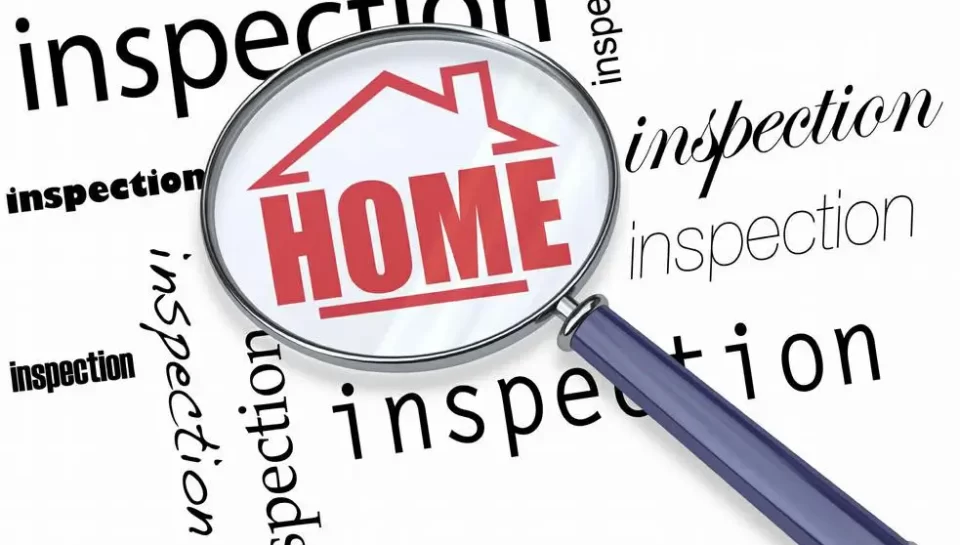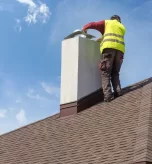A home inspection is a critical step in the process of buying, selling, or maintaining a property. It helps identify potential issues that could affect the safety, functionality, and value of a home. This article outlines the key areas inspectors typically focus on, common problems they identify, and the importance of addressing these issues promptly.
1. Compliance with Regulations
Inspectors ensure that the property complies with relevant laws, regulations, and standards, including:
- Building Codes: Verifying structural integrity and adherence to local construction standards.
- Food Safety Regulations: For properties with food preparation areas.
- Environmental Regulations: Ensuring there are no hazardous materials or environmental risks.
- Workplace Safety Standards: If applicable, checking for occupational safety compliance.
Read More: How To Find The Best Home Inspection Services?
2. Health and Safety Assessment
Health and safety are top priorities during inspections. Inspectors evaluate:
- Hazard Identification: Checking for fire risks, tripping hazards, and other dangers.
- Cleanliness: Ensuring sanitary conditions in living spaces.
- Safety Protocols: Verifying the presence of smoke detectors, fire extinguishers, and emergency exits.
3. Quality Control
Inspectors may assess the quality of products or services associated with the property:
- Product Defects: Identifying faulty installations or substandard materials.
- Service Evaluation: Ensuring service providers meet quality standards.
- Label Verification: Checking for proper labeling, especially in commercial properties.
4. Record-Keeping and Documentation
Proper documentation is crucial for legal and operational transparency:
- Financial Records: Verifying compliance with financial reporting requirements.
- Safety Records: Ensuring logs for safety inspections and incidents are up-to-date.
- Environmental and Medical Records: Confirming thorough documentation where relevant.
5. Customer Service Evaluation
In commercial settings, inspectors may review customer service quality:
- Employee Training: Assessing how well staff are trained to handle customer interactions.
- Feedback Review: Analyzing customer complaints and satisfaction surveys.
- Complaint Management: Checking the effectiveness of complaint resolution processes.
Key Areas Covered in a Home Inspection
A comprehensive home inspection typically includes:
- Structural Integrity: Examining the foundation, walls, and roof.
- Exterior Assessment: Reviewing siding, windows, doors, and drainage.
- Interior Inspection: Checking floors, ceilings, walls, and fixtures.
- Electrical System: Evaluating wiring, panels, and outlets for safety.
- Plumbing System: Assessing pipes, drains, faucets, and water heaters.
- HVAC System: Ensuring heating, ventilation, and air conditioning systems are functional.
- Insulation and Ventilation: Checking for energy efficiency and air quality.
- Appliances: Verifying the condition of built-in appliances.
Common Issues Identified During Home Inspections
Some frequent problems inspectors find include:
- Roof Problems: Leaks, damaged shingles, or poor flashing.
- Plumbing Issues: Leaks, corrosion, and drainage problems.
- Electrical Hazards: Outdated wiring and overloaded circuits.
- HVAC Malfunctions: Inefficient or faulty heating/cooling systems.
- Structural Defects: Foundation cracks, sagging floors, and wall damage.
- Moisture Issues: Water damage, mold, and inadequate ventilation.
- Insufficient Insulation: This leads to energy inefficiency.
- Environmental Hazards: Presence of radon, asbestos, or lead-based paint.
Read More: Why Do You Need A Home Inspection Consultant?
Water Damage: A Major Concern
Water damage is a common and serious issue identified during inspections:
- Roof Leaks: Inspectors look for damaged shingles, faulty flashing, and attic moisture.
- Plumbing Leaks: Checking under sinks, around water heaters, and along pipes.
- Basement Moisture: Identifying signs of flooding, seepage, and humidity issues.
- Windows and Doors: Ensuring proper sealing to prevent water infiltration.
- HVAC Systems: Verifying condensate drains are functioning correctly.
Addressing Water Damage: Prompt repairs are essential to prevent structural issues and mold growth. Inspectors may recommend further evaluation by specialists.
Conclusion
A home inspection provides valuable insights into the condition of a property. It helps buyers make informed decisions, assists sellers in addressing issues before listing, and supports homeowners in maintaining their property. While no inspection can uncover every hidden problem, a thorough evaluation identifies critical areas that impact safety, functionality, and value.





